 1887:
1887:
Carnegie donates money toward cost of marker honoring 17-year-old William Hunter who drowned in a rescue attempt of a boy in Scotland.

Carnegie writes “The Gospel of Wealth,” an essay in which he stated his belief that, beyond providing for a family’s needs, excess wealth should be regarded as a trust fund to be used for the benefit of the community.
Carnegie sells Carnegie Steel to JP Morgan, who merged it into his recently formed United States Steel Corporation, and retires.
Immediately after selling the Carnegie Company and receiving bonds worth $225,639,000 par value of the new US Steel Co., he created his $4 million Relief Fund.
179 lives were claimed when the Harwick Mine exploded. 16-year-old Adolf Gunia was the sole survivor. Two men, Daniel A. Lyle of the town of Leechburg and Selwyn M. Taylor of Pittsburgh, heard of the disaster and came to help search for any survivors. Both were overcome by afterdamp, a suffocating mixture of residual gases left after an explosion of firedamp in a mine, and died. The Cheswick Relief Committee was organized and over $40,000 was collected from the general public for the families.

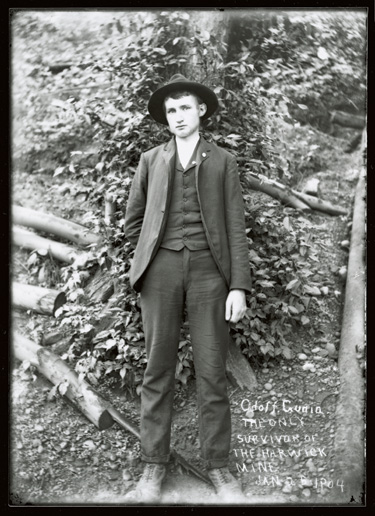

Carnegie writes to close friend and former business associate Charles L. Taylor stating, “I can’t get those widows and children of the mine out of my head.”
Carnegie donates $40,000 to Harwick relief committee, and presents two gold medals to commemorate acts of heroism displayed by Mr. Selwyn M. Taylor and Mr. Daniel Lyle.
 March 12, 1904:
March 12, 1904:Carnegie signs the Carnegie Hero Fund Commission Deed of Trust, with Louise Whitfield Carnegie, his wife, as witness.
Official founding date and first meeting of the Carnegie Hero Fund Commission

21 Commissioners defined and approved the Hero Fund’s limitations and scope
First Special Agent, George A. Campsey
First President, Charles L. Taylor, 1904-1922
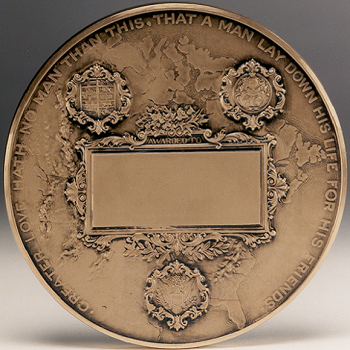
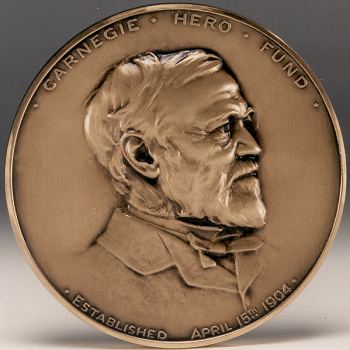
E. Caldwell & Co. of Philadelphia is selected as the designer and manufacturer of the original Carnegie Medal. It is designed by artist Charles Osborne and modeled by Charles F. Hamann.
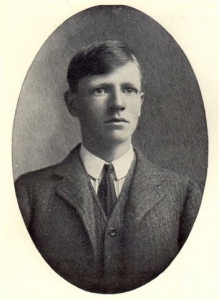

The Commission approved its first class of Carnegie heroes
Louis A. Baumann, first awardee
Ernestine F. Atwood, first female awardee
Alexander Cameron, first Canadian awardee
$10,000 donation to Grover Factory Disaster relief fund
Following the California Earthquake Disaster, CHFC donates $29,462.06 to Lawrence Phipps and H.T.R. Vail (Santa Barbara), and $25,000 to the Citizen’s Committee (San Francisco).
Patent of medal design issued
John B. Hill is the first African American to be awarded the Carnegie Medal
Following Monongah Mine Disaster, CHFC donates $35,000 to relief committee
$25,000 given to Darr Mine Relief Committee
$10,000 donated to Lick Branch Mine Relief Committee
United Kingdom establishes Hero Fund
France establishes Hero Fund (1909-2011)
Peter Dean and George Saltamah are the first Mohave Indians to be awarded the Carnegie Medal
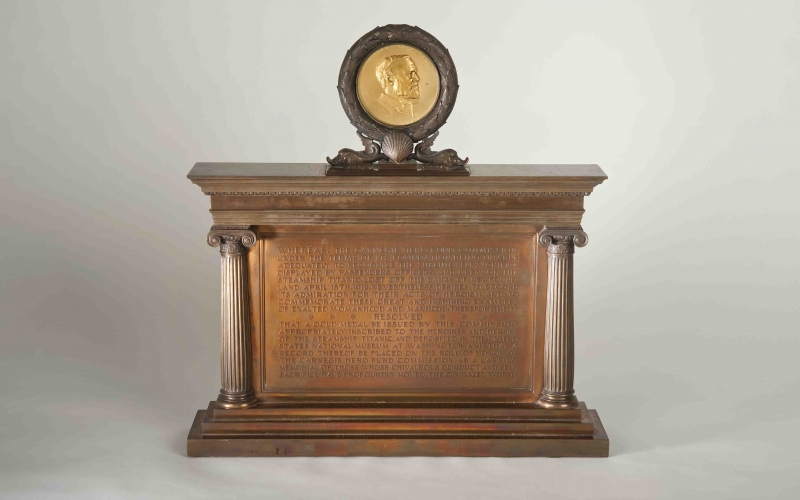
Norway, The Netherlands, Switzerland, Belgium, Italy, Sweden, and Denmark establish Hero Funds
CHFC issues a medal and bronze tablet commemorating the bravery and heroism demonstrated by those aboard the Titanic.
$10,000 given Jed Mine Disaster relief committee
$15,000 donated to MC Curtain Mine Disaster relief committee
$10,000 granted to Pittsburgh Flood relief committee after Ohio and Indiana Floods Disaster
Andrew Carnegie dies of pneumonia
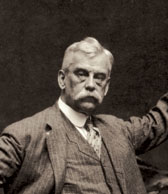
Second President, William Jacob Holland, 1923-1932

Henry Naumann is awarded the Carnegie Medal for the first time
Henry Naumann is awarded the Carnegie Medal for the second time
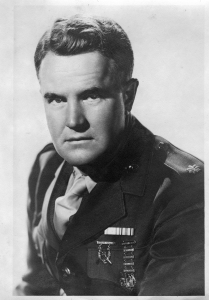
A. James “Jimmie” Dyess is awarded the Carnegie Medal. He is the only person to be awarded the Carnegie Medal and Medal of Honor, America’s two highest awards for heroism.
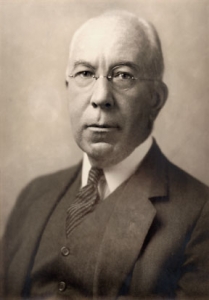
Third President, Thomas S. Arbuthnot, 1932-1956
$10,000 given to American Red Cross for Ohio and Mississippi Flood disaster relief
John J. O’Neill, Sr., awarded the Carnegie Medal for the first time
 Fourth President, Charles A. McClintock, 1957-1967
Fourth President, Charles A. McClintock, 1957-1967
John J. O’Neill, Sr., awarded the Carnegie Medal for the second time
After the Springhill Mine Disaster, the Commission adopts a resolution, and presents two gold medals mounted on a bronze plaque, to the officials and workmen of Dominion Steel and Coal Corporation, Limited, and local doctors who risked their lives attempting to rescue 174 miners who were trapped by an underground convulsion in a company mine in Springhill, N.S., Oct. 23, 1958.

Rudell Stitch is awarded the Carnegie Medal for the first time
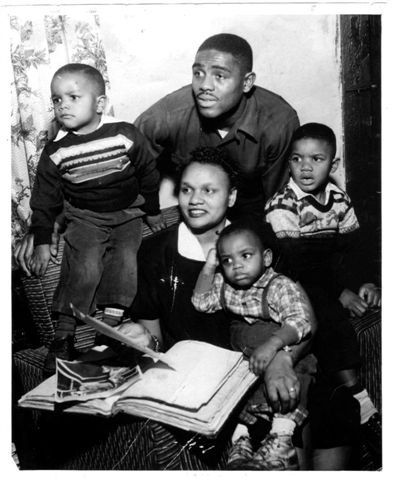
Rudell Stitch is awarded the Carnegie Medal for the second time, this time, posthumously

Daniel Elwood Stockwell is awarded the Carnegie Medal for the first time.
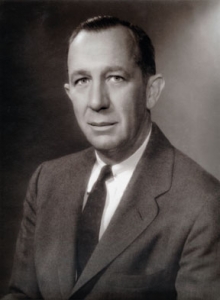
Fifth President, Stewart McClintic, 1968-1978

Following the Mobay-Dravo Fire Disaster, two cast bronze tablets, on which were mounted the obverse and reverse of a bronze Carnegie Medal, were awarded, one to Mobay Chemical Corp. and the other to Dravo Corp. The reverse of the medals bears the inscription: “Awarded to employees of the Mobay Chemical Corporation and of the Dravo Corporation for their heroism in attempting to rescue workmen in a chemical plant fire New Martinsville, West Virginia. January 31, 1978.”
Sixth President, Robert W. Off, 1979-2001

The last two silver medals are awarded to Brian Mervyn Clegg and Robert Stephen Grant
$20,000 in disaster relief granted to West Virginia Recovery Foundation following West Virginia Flood disaster
$25,000 given toward Hurricane Hugo disaster relief
$25,000 given to San Francisco Earthquake Relief Fund
Simons and Co. began supplying Carnegie medals directly after having been subcontracted by J.E. Caldwell for the striking process of creating the medal
Michael Robert Keyser is awarded the Carnegie Medal for the first time.

$25,000 given to Church World Service following Hurricane Andrew Disaster
Daniel Stockwell is awarded the Carnegie Medal a second time
The Pennsylvania Historical and Museum Commission issues a roadside marker along Pittsburgh Street in Springdale, Pa., near the sites of both the mine and the cemetery in which many of the victims of the Harwick Mine disaster are buried.
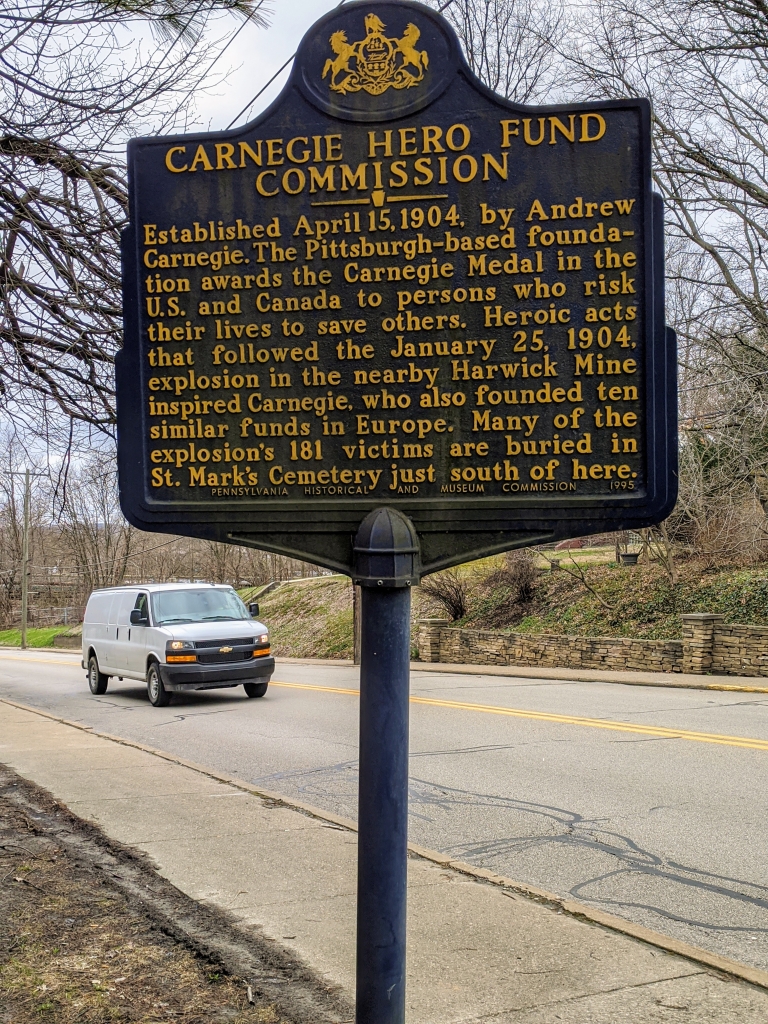
Kayla Jean Garrigan is posthumously awarded the Carnegie Medal. At 7 years old, she is the youngest person to be recognized by the Commission.
The Harwick community dedicates a memorial to all of its miners. The monument is made of a large block of black granite. It’s etched with a rendering of the mine’s tipple and shaft buildings and situated in the center of a small parklet. Carved into bricks surrounding the memorial are the names of individual miners.
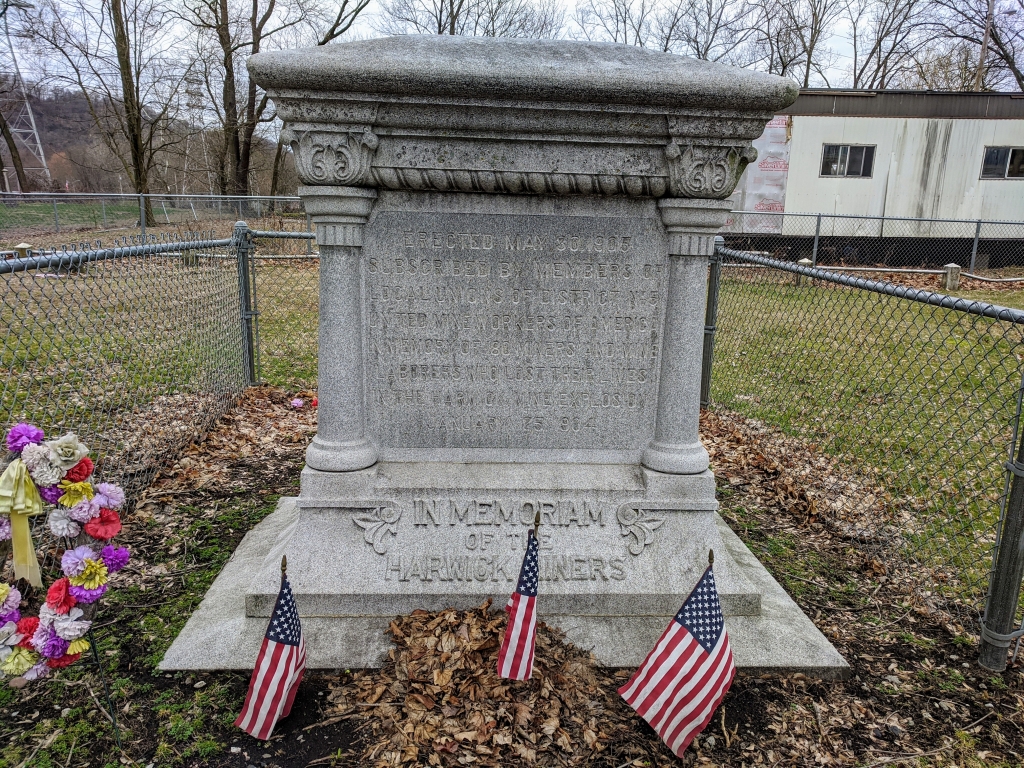
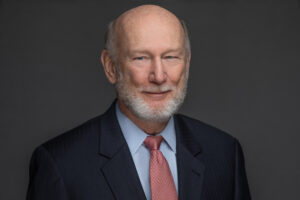
Seventh President, Mark Laskow (2001-2022)
Carnegie Hero Fund Commission Centennial Celebration
 A Century of Heroes is both an homage to the thousands of men and women who have demonstrated their willingness to sacrifice everything for other human beings, and a lavishly illustrated celebration of the unexpected heroes that walk among us.
A Century of Heroes is both an homage to the thousands of men and women who have demonstrated their willingness to sacrifice everything for other human beings, and a lavishly illustrated celebration of the unexpected heroes that walk among us.
Heroes Among Us showcases a brief history of the Commission and the individuals it recognized for extraordinary acts of heroism.
Greco Industries produced medals for the Carnegie Hero Fund Commission from 2004-2012
Charles T. Carbonell is awarded the Carnegie Medal for the first time.
The current Carnegie Medal is produced by Simons Brothers Co. of Philadelphia, Pa. Metallic content of the bronze used is copper, 90%, and zinc, 10%.

Charles T. Carbonell is awarded the Carnegie Medal for the second time.
Celebration of the 10,000th and 10,001st awardees
“The Power of One – A Tribute to the Power of the Individual,” marked the second in a year-long series of events around the world to commemorate the 100th anniversary of Carnegie’s death in 1919. The evening’s program celebrated the Carnegie Hero Fund Commission’s 10,000th and 10,001st Carnegie heroes, Vickie Tillman and Jimmy Rhodes.
During the event, two pieces of calligraphy by tenured letter artist, calligrapher, and designer John Stevens, were revealed. The first is an artful rendition of founder Andrew Carnegie’s original deed of trust for the organization and the second features the first few pages of the Roll of Heroes and Heroines. The roll of honor fulfills the last line of the Commission’s deed of trust, which requires that “A finely executed roll of the heroes and heroines shall be kept displayed in the office at Pittsburgh.”
The Heroic Age is an updated history on the Carnegie Hero Fund Commission and the individuals it recognizes for extraordinary acts of heroism. It features accounts by Vickie Tillman and Jimmy Rhodes, heroes 10,000 and 10,001, of the acts for which they were honored.
Centennial Anniversary of Andrew Carnegie’s death


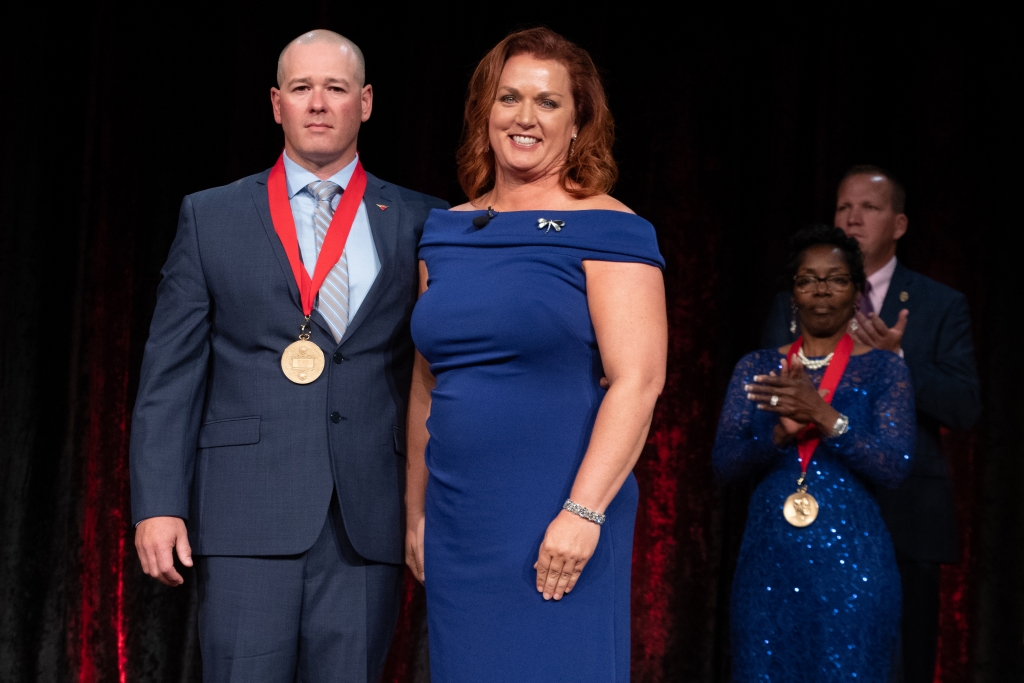
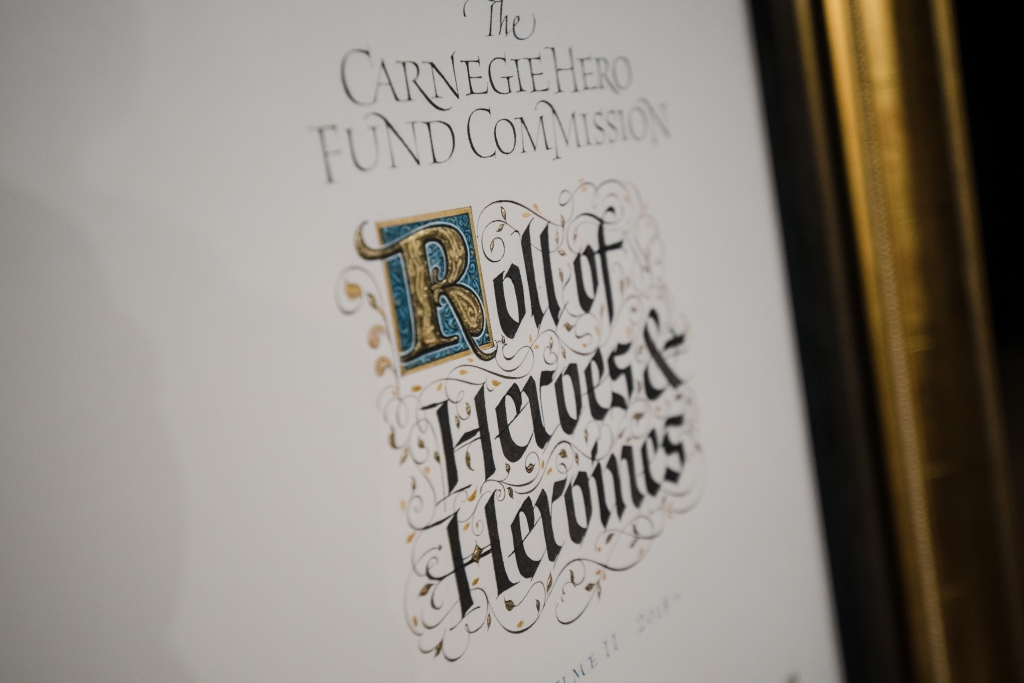
Michael Robert Keyser is awarded the Carnegie Medal for the second time, this time posthumously.
The Hero Fund donated $100,000 to the Brave of Heart Fund, established to provide financial and emotional support to the surviving family members of frontline healthcare workers and volunteers who lost their lives to COVID-19.

At its annual meeting, President Eric P. Zahren was elected to serve as the Commission’s chair, effective immediately. Mr. Zahren, who will remain president of the Hero Fund Commission, replaces Mark Laskow as chair. Mr. Laskow, who will remain a member of the Commission, was unanimously elected Chair Emeritus, the first to hold the title.
Publication of A New Century of Heroes
Hero Fund celebrates its 120th anniversary

At its annual meeting, the Commission elected Tom Wentling to serve as the Commission’s chair, effective immediately.

